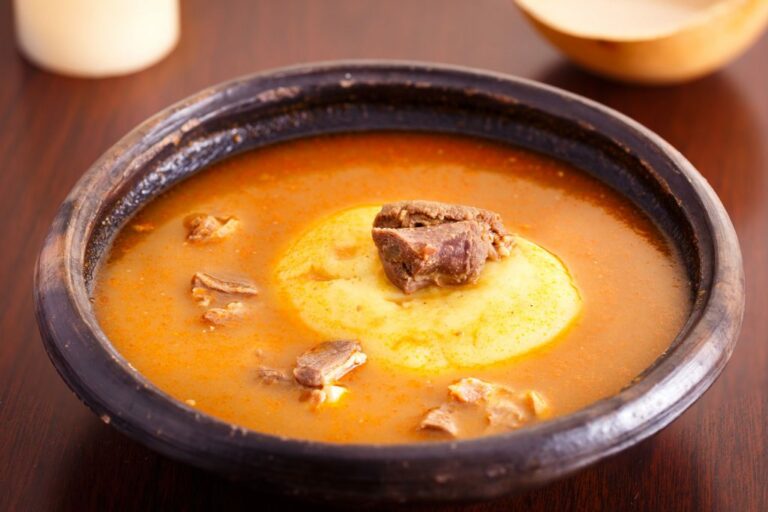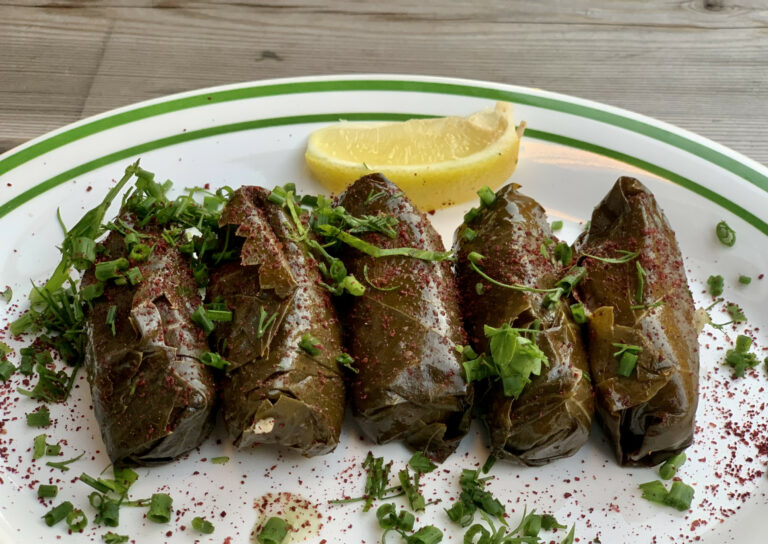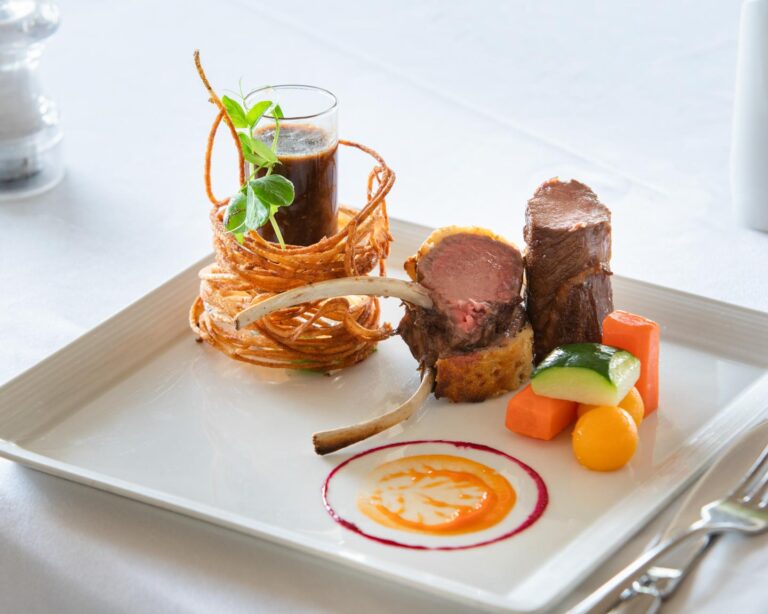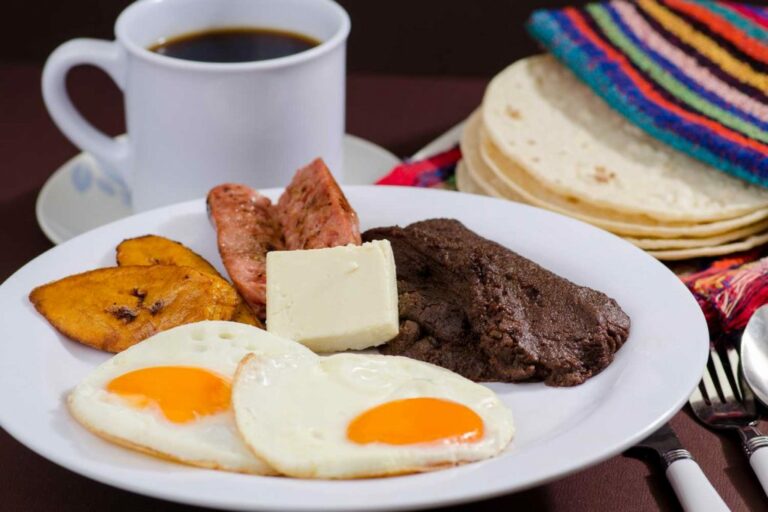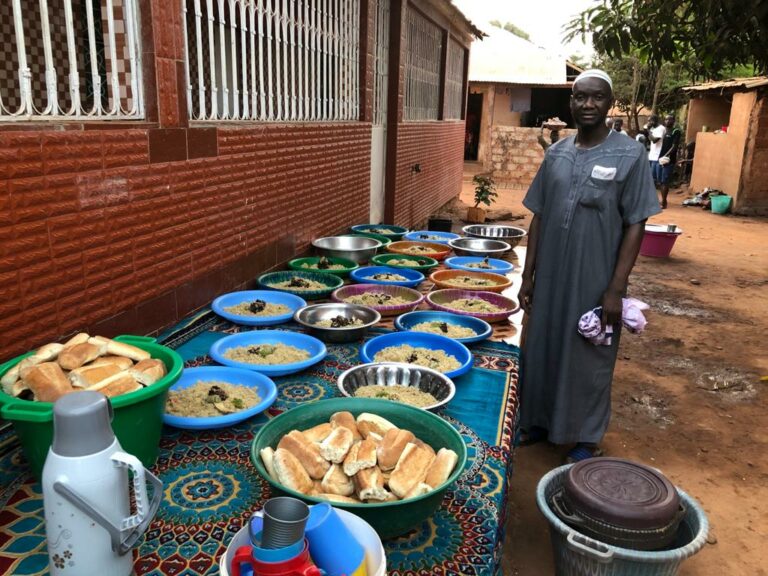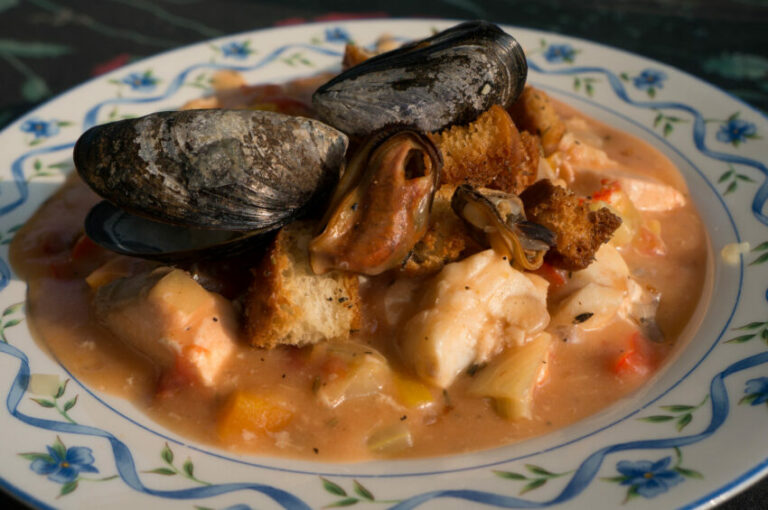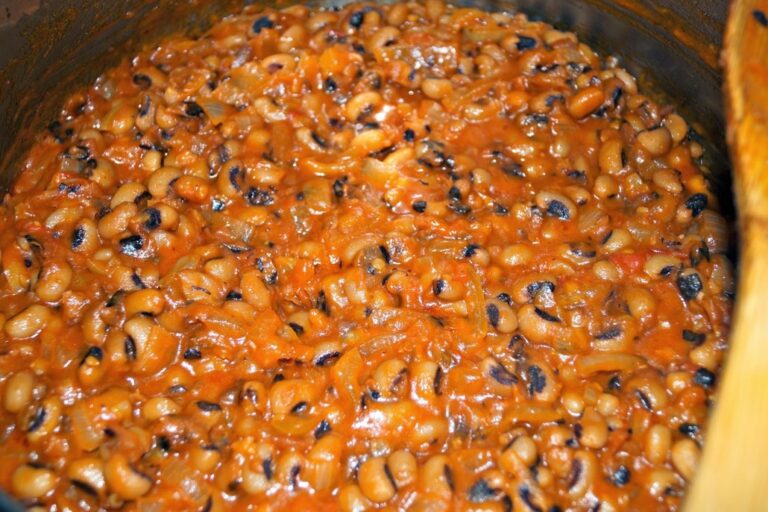Introduction: German Cuisine
German cuisine is known for its hearty and filling meals that are sure to satisfy any appetite. From sausages and stews to breads and pastries, German food is a reflection of the country’s rich culinary traditions. German cuisine varies depending on the region, but there are certain staple ingredients that are found in many dishes across the country. These ingredients have played a significant role in shaping the cuisine and creating the unique tastes and flavors that are associated with German food.
Potatoes: The Versatile Staple
Potatoes are a staple ingredient in many German meals and have been a part of the country’s cuisine for centuries. They are used in a variety of dishes, from mashed potatoes and potato pancakes to potato dumplings and potato salad. The versatility of potatoes makes them a perfect ingredient for a range of dishes and they can be boiled, roasted, fried or mashed. In fact, German cuisine has a number of potato dishes that are famous around the world, such as Kartoffelsuppe (potato soup) and Kartoffelpuffer (potato pancakes).
Meat: The Heart of German Meals
Meat is another essential ingredient in German cuisine and is used in many of the country’s traditional dishes. Pork is the most commonly used meat in German cooking, but beef, lamb, and game meats are also popular. Sausages, or Wurst, are a staple in German cuisine and come in a variety of types and flavors. Some of the most popular German sausages include Bratwurst, Weisswurst, and Frankfurter. Meat dishes like Schweinshaxe (pork knuckle) and Sauerbraten (marinated beef roast) are also popular in Germany.
Sauerkraut: A Tangy Side Dish
Sauerkraut is a traditional German side dish that is made from fermented cabbage. It has a tangy flavor and is often served with meat dishes, such as sausages and pork. Sauerkraut is also used in dishes like Reuben sandwiches and hot dogs. In addition to its distinctive flavor, sauerkraut is also rich in vitamins and has been used for centuries as a natural remedy for a variety of ailments.
Breads and Pastries: A German Tradition
Bread and pastries are an important part of German cuisine and are served with many meals. German breads are known for their dense texture and hearty flavor, and there are many different types of breads, such as Pumpernickel and Roggenbrot. German pastries are also famous around the world and include treats like strudel, Black Forest cake, and Linzer torte.
Dairy Products: Essential Ingredients
Dairy products are an essential part of German cuisine and are used in many dishes. Cheese is a popular ingredient in German cooking, and there are many different types of cheese, such as Camembert and Emmental. Butter and cream are also used in many dishes, such as sauces and soups. In addition, German cuisine has a variety of desserts that are made with dairy products, such as Kaiserschmarrn, a sweet pancake made with eggs, flour, and milk.


